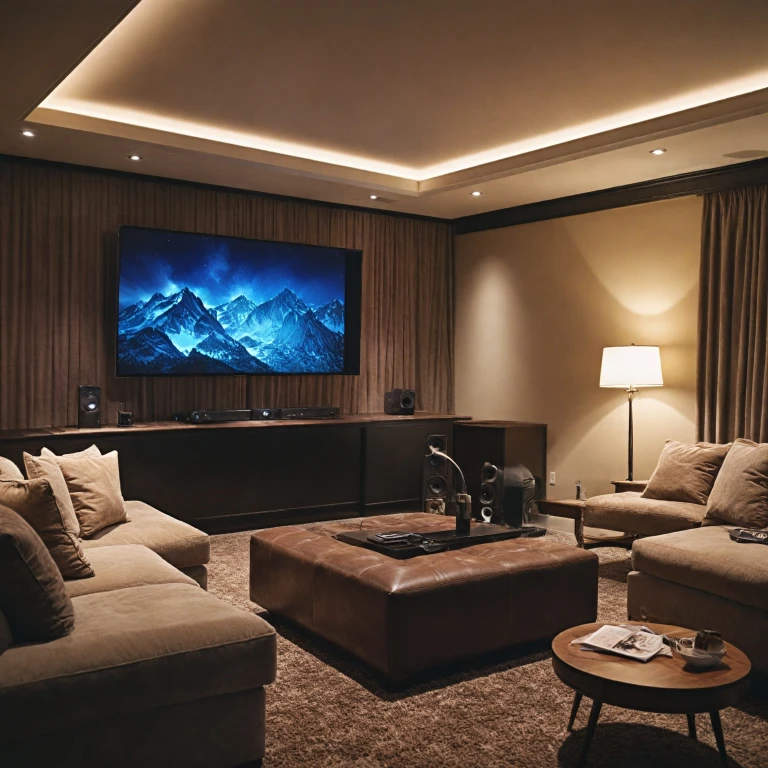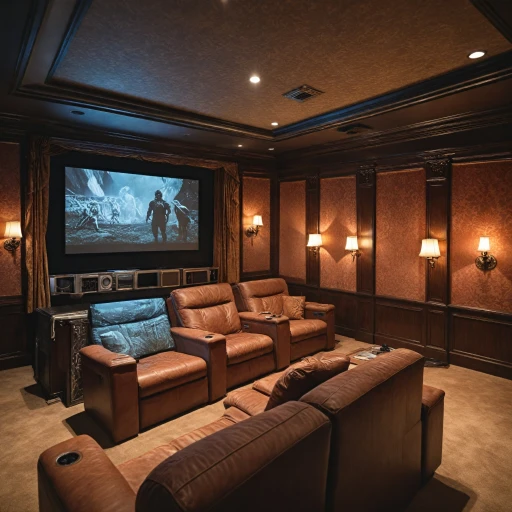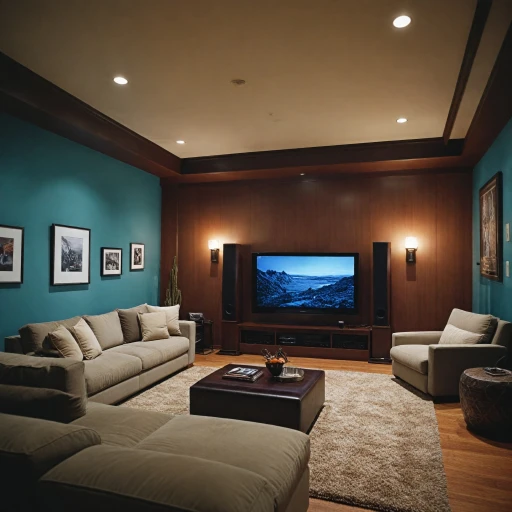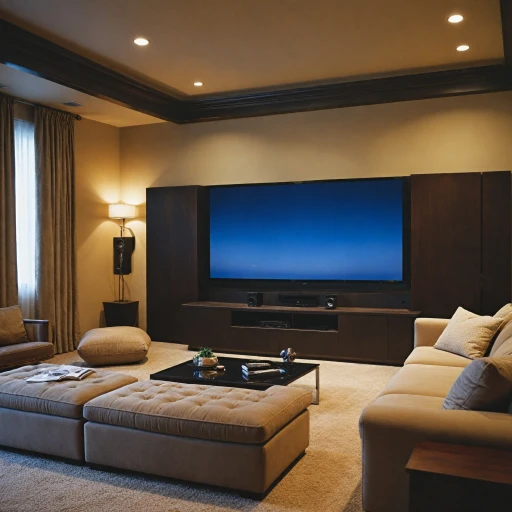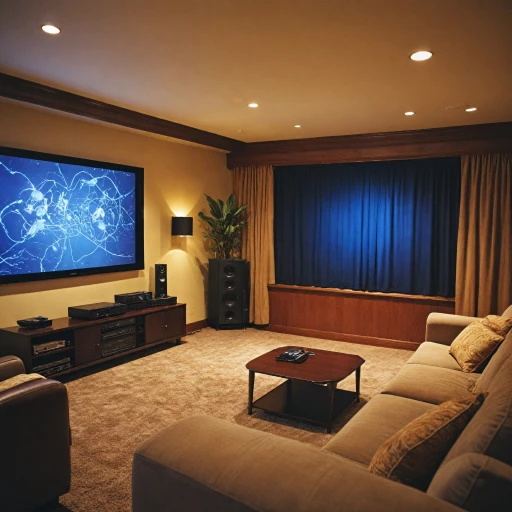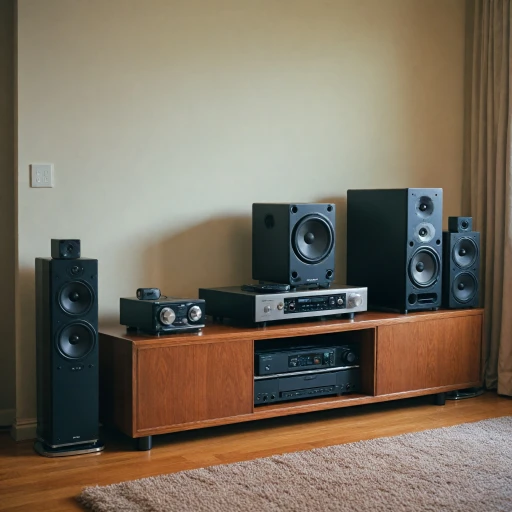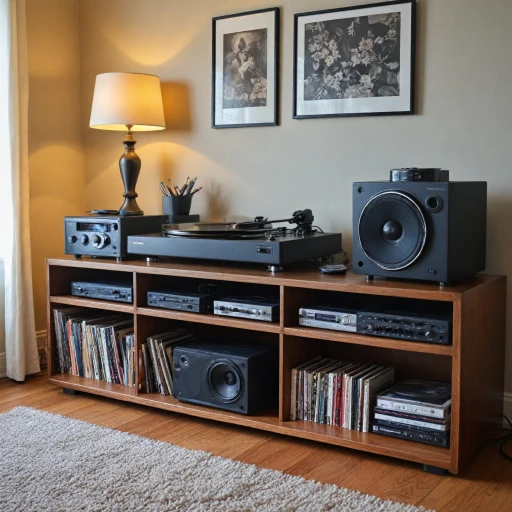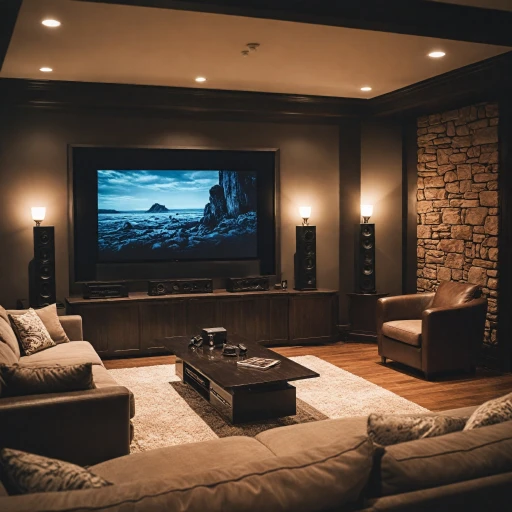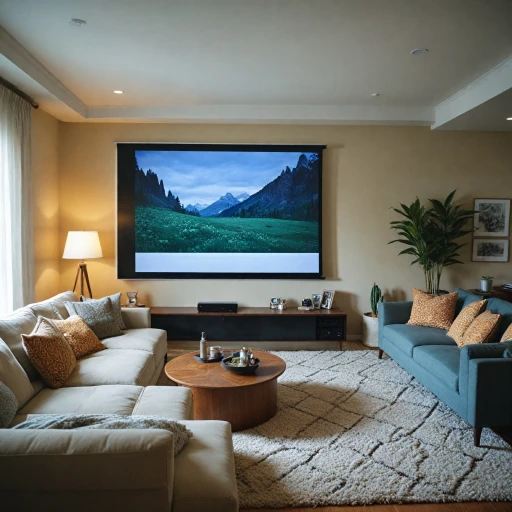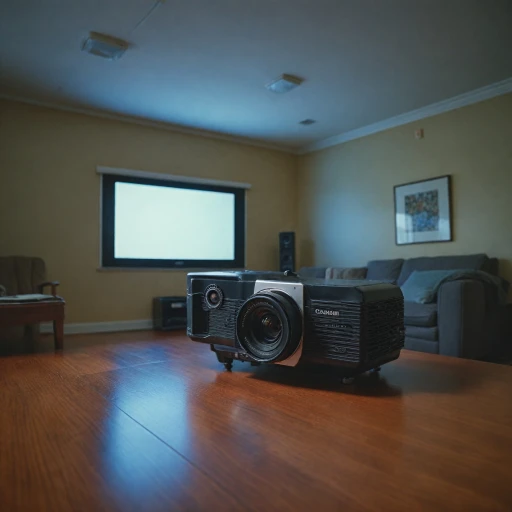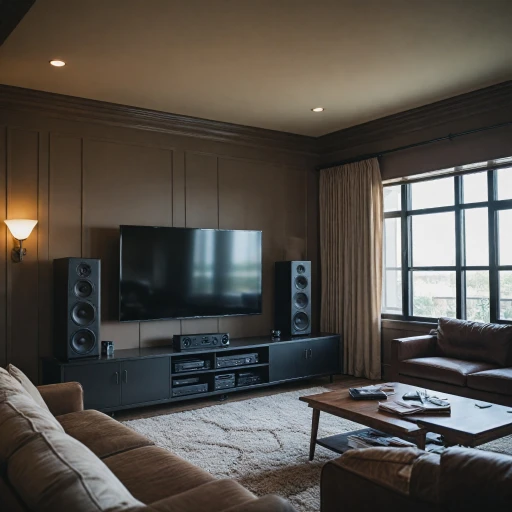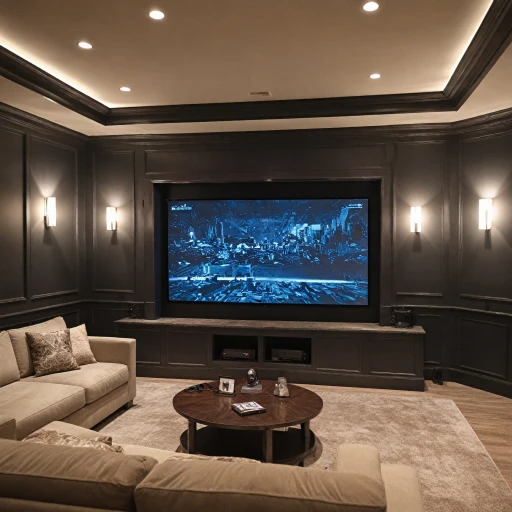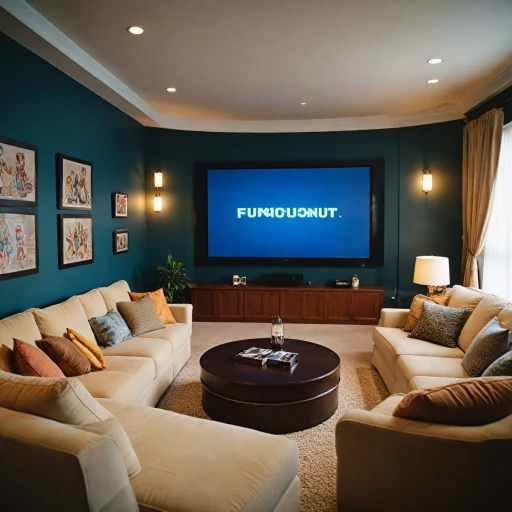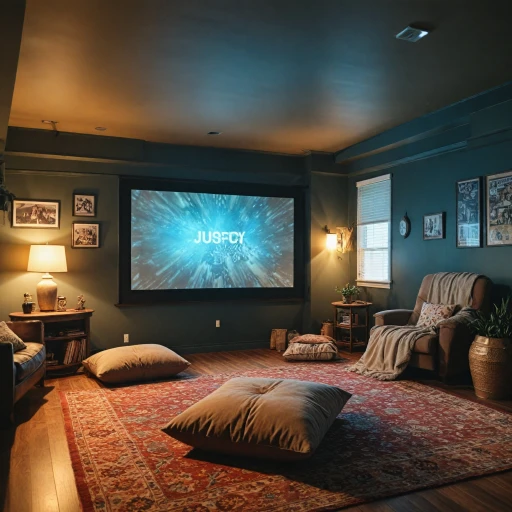
Understanding Subwoofer Plate Amplifiers
Diving into the World of Subwoofer Plate Amplifiers
If you're looking to elevate your home theater sound experience, a subwoofer plate amplifier is a pivotal component. Plate amplifiers serve as the driving force for subwoofers, ensuring your audio delivers that deep, powerful bass that brings movies and music to life. Unlike traditional amplifiers, plate amps are specifically designed to be integrated within subwoofer enclosures, providing a streamlined and efficient solution for boosting audio performance.
Plate amplifiers, such as the popular models from Dayton Audio, deliver a powerful punch with their robust watt class ratings. They are engineered to efficiently utilize power, ensuring your speakers deliver high-quality sound without unnecessary energy consumption. With several types like DSP-equipped Hypex FusionAmp models, among others, you can choose based on your preferences for audio fidelity and customization.
The design of subwoofer plate amplifiers typically includes various input and output connections, like RCA pre-ins for improved connectivity. This flexibility makes them compatible with a range of audio setups, enhancing both wired and wireless configurations. Moreover, many models are designed with built-in features such as crossovers and equalization adjustments, allowing users to tailor the sound to their room's acoustics and personal taste.
Before purchasing, it's crucial to consider several factors, including power output, signal clarity, and compatibility with your existing speaker systems. By taking the time to understand the nuances of plate amplifiers, you can make an informed decision that significantly enhances your audio setup.
For a deeper understanding of the role and benefits of related components, consider reading about the essential role of center speaker stands to further enhance your home theater experience.
Key Features to Consider
Critical Aspects to Look for When Choosing the Right Amplifier for Your Subwoofer
When diving into the world of plate amplifiers designed specifically for subwoofers, it's essential to consider several key features that will ensure optimal integration into your home theater setup. Here's what to keep in mind:- Power Output: The power or wattage of the amplifier is key to harnessing the full potential of your subwoofer. Plate amplifiers range broadly in power, so selecting one that pairs well with your subwoofer is crucial for achieving deep, impactful bass.
- Frequency Response: This determines the amp's ability to handle different ranges of sound. Ideally, a subwoofer amplifier should offer a wide enough response to provide smooth and resonant bass tones without overpowering other frequencies.
- Impedance Matching: Proper impedance matching between your amp and subwoofer is vital for sound clarity and efficiency. Amps like those from Dayton Audio or Hypex often highlight compatibility with common speaker impedance levels.
- Connectivity Options: A variety of connection types, such as RCA, XLR, and speaker-level inputs, offer more flexibility in how your subwoofer is integrated into your home theater. Emphasize models that maximize your current home system's compatibility.
- Class of Amplifier: Class D amplifiers, known for their efficiency, are a popular choice among high-quality plate amps, like the SPA DSP models. They offer solid performance while minimizing heat.
- Built-In Features: Enhanced features like bass boost, EQ controls, and DSP (digital signal processing) functions improve customization of your audio experience. Look for amplifiers that allow for tailoring subwoofer sound to your liking.
Benefits of Using a Subwoofer Plate Amplifier
Unlocking the Full Audio Potential
Using a subwoofer plate amplifier can significantly elevate your home theater audio experience. When connected to speakers and subwoofers, a good plate amp powers your audio system, ensuring deep and immersive bass that enhances every movie or music piece. Here's why considering a subwoofer plate amplifier can be a game-changer for your setup:
- Sound Quality: A reliable subwoofer amplifier guarantees high-quality bass reproduction. It adapts well to various sound frequencies, creating a balanced audio atmosphere.
- Power Efficiency: Subwoofer amps like the Hypex FusionAmp or Dayton Audio series are known for their power efficiency. They deliver substantial wattage without overheating, ideal for intense viewing sessions.
- Customization: Plate amplifiers often come with integrated digital signal processing (DSP) features. Models like SPA DSP let you customize audio settings to match your preferences.
- Easy Integration: These amps integrate seamlessly with existing systems, joining various audio components like a central hub. This can optimize the power distribution across your home theater system.
- Cost-Effective: With a range of options available, both budget-friendly and advanced models are available with free shipping included, making it easier to find an amp that fits your needs and finances.
Incorporating an amplifier board capable of maximizing your speakers' and subwoofers' potential can ensure you're not just watching but truly feeling the sound. For a detailed guide on achieving a seamless setup, consider exploring our article on a ceiling-mounted projector.
Installation and Setup Tips
Getting Started with Setup
Embarking on the journey of installing your subwoofer plate amplifier doesn't have to be daunting. With some fundamental understanding and a few helpful tips, you'll enhance your home theater like a pro.
Positioning the Components
Firstly, finding the right spot for your subwoofer and its amplifier is crucial. Position your subwoofer where it delivers the best bass sound without overpowering other frequencies. It’s often best placed along the front wall of your room with equal distance from side walls.
Understanding Connections
Next, ensure all connections are correctly joined. Many subwoofer amplifiers, including models from Dayton Audio or Hypex FusionAmp, require a solid connection to your speaker cables and audio sources. Knowing your amplifier board's inputs and outputs will streamline this part of your setup.
Configuring the Power Settings
Ensure your amplifier settings align with the wattage requirements of your subwoofer. Subwoofer plate amplifiers typically vary in power from 100 to over 1000 watts, so the correct watt class is essential for optimal performance. Adjust the volume and crossover frequency settings, initially keeping them at mid-range levels.
Fine-tuning and Calibration
Lastly, care in fine-tuning and calibrating your system enhances the entire audio experience. Using a sound meter helps measure decibels, ensuring an even sound distribution throughout your room.
Comparing Different Models
Exploring the Differences Among Subwoofer Plate Amplifiers
Deciding on a subwoofer plate amplifier that suits your home theater needs requires understanding the nuances between various models. Each amplifier brings its unique strengths and trade-offs. Below, we'll delve into some considerations and comparisons between popular options, helping you make an informed choice.- Power Output and Wattage: Look for amps that match your subwoofer’s wattage capacity. Plate amplifiers like the Dayton Audio SPA250 deliver a robust 250 watts of power, suitable for most home theater setups. If you require more power, models like the Hypex FusionAmp FA502 offer even higher wattage capacities, supporting large and demanding speaker systems.
- Audio Quality and DSP Features: High quality sound is a must. Amps with advanced DSP (Digital Signal Processing) ensure clear and accurate audio reproduction. The Dayton Audio SPA250, for instance, features DSP to tailor the sound to your room's acoustics. Check for models that offer pre-sets and customizable sound profiles, essential for audio perfectionists wanting precise bass control.
- Connectivity Options: Some amps are more versatile in terms of input and output options. Evaluate whether you need multiple connections for different audio sources. The inclusion of a line-level or speaker-level input can greatly expand your setup possibilities.
- Size and Design: While sound quality is paramount, consider the physical size of your amp. Compact models fit easily into small spaces, while larger units might deliver higher power but require more room. Choose models that aesthetically match or blend with your existing system setup.
- Additional Features and Free Shipping: Given the competitive nature of audio equipment, extras such as free shipping and extended warranties enhance value. Beyond basic performance specs, these features contribute to a worry-free purchase experience. Whether you're ordering amps or speakers for subwoofers, consider such incentives.
Troubleshooting Common Issues
Resolving Common Subwoofer Plate Amplifier Issues
Even with the best subwoofer plate amplifiers, issues can arise that may affect your audio experience. Here are some common problems and how to troubleshoot them:
- No Sound from Subwoofer: Ensure that all connections between the plate amp and the subwoofer are secure. Check the power supply and verify that the amplifier is receiving power. It's also wise to test the audio source and cables.
- Distorted Sound: Distortion can often be traced back to incorrect settings. Revisit the setup tips, particularly the gain and crossover settings, to ensure they are optimized for your speakers and room acoustics. If distortion persists, the speaker or amp might be overpowered; consider reducing the volume.
- Overheating: Subwoofer plate amplifiers, like those from Dayton Audio or Hypex, need proper ventilation. Ensure that the amp is not enclosed in a tight space. If overheating continues, check if the amp is compatible with the subwoofer's power requirements.
- Buzzing or Humming Noise: This can be due to ground loop issues. Try using a ground loop isolator or check the grounding of your audio system. Ensure that cables are not running parallel to power lines, which can induce hum.
- Intermittent Sound: Loose connections are often the culprit. Double-check all connections, including the speaker wires and input cables. If the issue persists, the problem might lie within the amp itself, requiring professional inspection.
For those who have opted for high-quality plate amplifiers like the Hypex FusionAmp, these troubleshooting steps should help maintain your system's performance. Regular maintenance and careful setup can prevent many of these issues from occurring.
